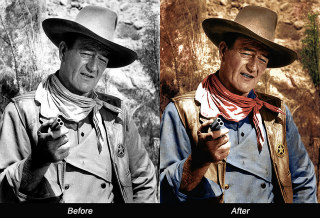There's nothing more macho than a Y chromosome. It not only confers maleness on its recipient but is handed down from one generation to the next pretty much stubbornly unchanged. …
Month: April 2016
Imaging study shows genetics and environment affect different parts of the brain
One of the oldest scientific debates is "nature versus nurture" -- do inherited traits or environmental factors shape who we are, and what we do? …



